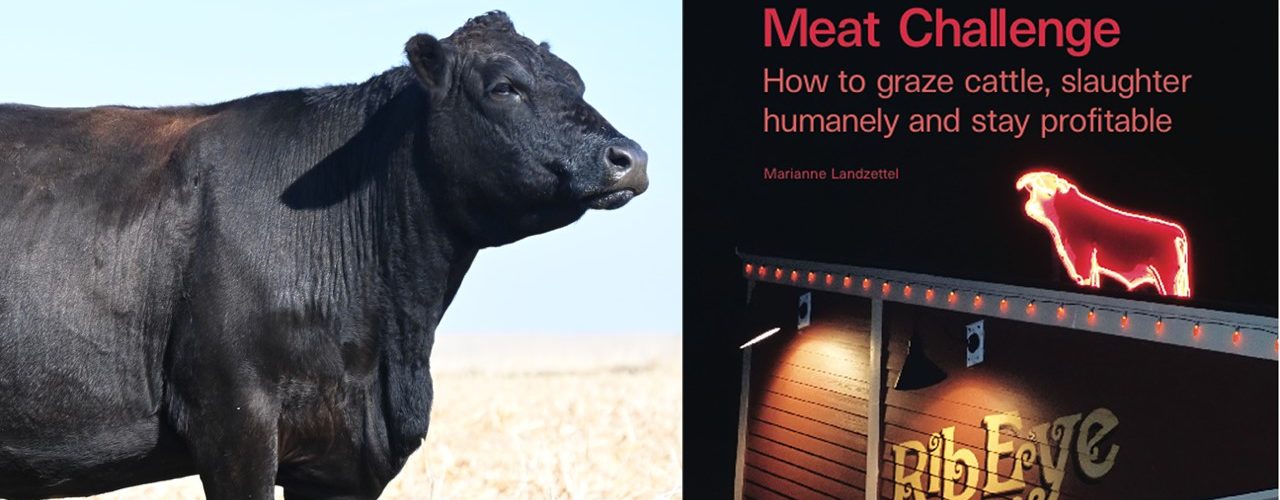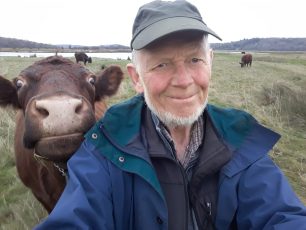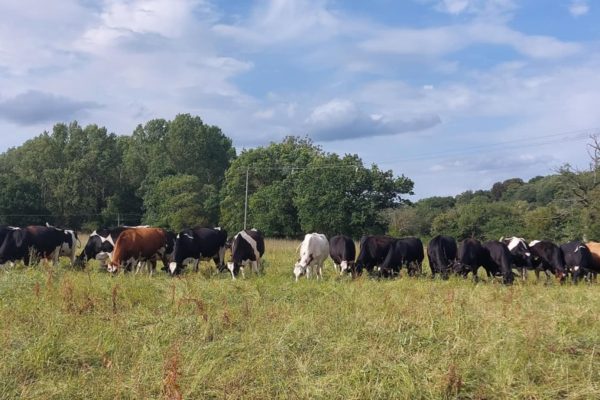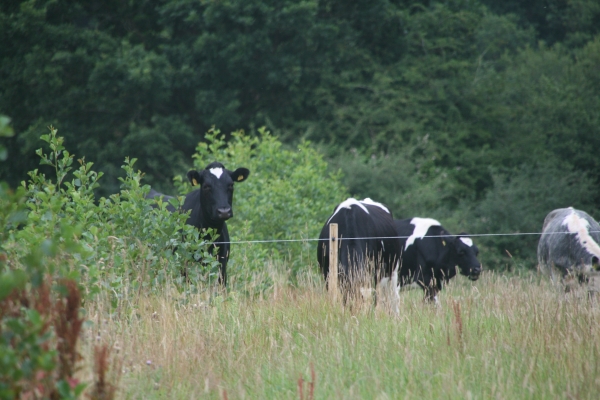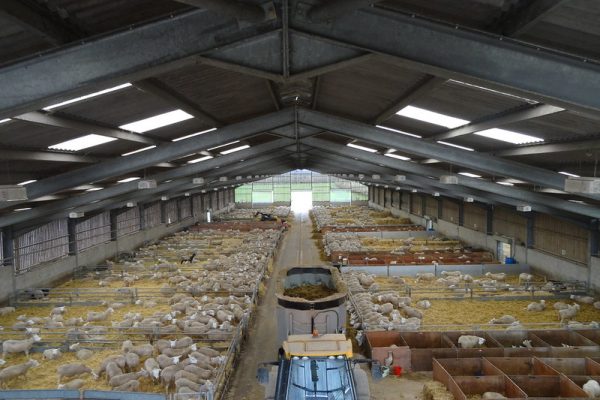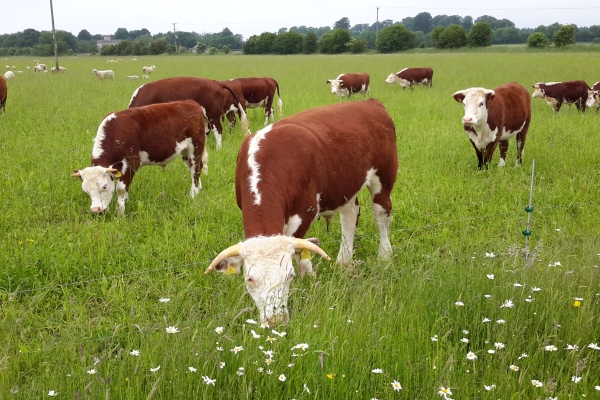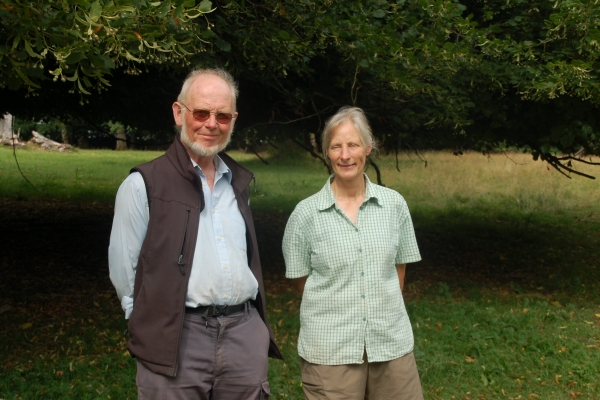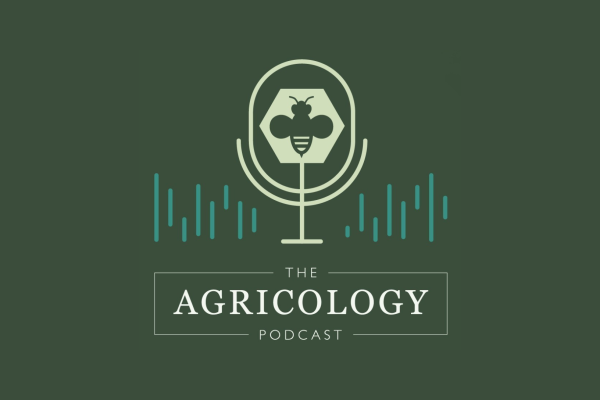Book Review – The Sustainable Meat Challenge by Marianne Landzettel
The title of this book indicates the wider implications of its subject matter, as the modern livestock sector strives to confront constant criticism for its failings with regard to environmental sustainability, human health and animal welfare. Its sub-title: ‘How to graze cattle, slaughter humanely, and stay profitable’ points to the specific issues that the author, Marianne Landzettel, feels are most in need of resolving if this challenge is to be overcome.
In tackling this she takes the reader on an extended journey, meeting a host of farmers in Germany, and ranchers in the US, who are mainly producing beef to supply their own network of discerning private customers or to sell into specific wholesale outlets that are founded on higher standards of welfare and environmental practice. Animal welfare is a key justification for sticking with these shorter and more targeted supply chains, helping to reassure the concerns of the final consumer, who needs to know how their meat has been produced and where it comes from.
This is also relevant here in the United Kingdom, where, thanks to our extensive network of footpaths, bridleways and open spaces, many people are familiar with the grazing livestock that occupy these areas for much of the year. Significant numbers of consumers find reassurance in being able to buy their meat directly from local producers, knowing that it has not travelled large distances and having seen for themselves how the animals are being reared. Rearing their animals in these attractive landscapes provides pasture-based livestock producers with an excellent marketing opportunity, one of the best ‘shop windows’ that any farmer could have for their produce.
Unfortunately fewer and fewer farmers are fortunate enough to have access to any of the diminishing number of small independent abattoirs that can provide a private-kill service for livestock, along with the right facilities for properly processing the meat so that customers are guaranteed to be pleased with the final product. Without all of these links functioning effectively in the direct sales chain it is going to be hard to retain customer loyalty, something that will put the whole direct-sales enterprise at risk.
‘The Sustainable Meat Challenge’ focuses on the considerable lengths to which the farmers visited by the author have gone to in order to ensure that the animals that they have taken care to rear to such high welfare standards are slaughtered with as little stress as possible, insisting that a ‘good life’ must end with a ‘good death’. However their investment does not end there, and great care is taken in converting the carcass into a range of quality cuts of prime meat that will produce the kind of customer satisfaction and loyalty that helps to ensure the business’s financial viability.
Marianne describes meeting with farmers in Germany who, in dealing with these issues have gone as far as installing their own bespoke, on-farm slaughter facilities, specifically designed to meet all of the official food safety and animal welfare standards – standards that are becoming increasingly strict as public awareness of the issues increase. It is surprising – and really very encouraging- to learn about the detailed procedures and sophisticated infrastructure that these dedicated farmers are adopting and installing, usually at considerable expense and effort. A few have even taken on responsibility for slaughtering their own animals.

The situation in the States is rather different, with livestock producers operating at larger scales and across bigger distances. The farmers we meet are in North Dakota in the Mid-West and Oregon in the Pacific Northwest, two regions with contrasting climates and farming cultures, generating different sets of problems that demand different solutions. Much of the impetus for this appears to have come from butchers, many of whom are committed to developing healthier, more animal welfare friendly alternatives to the mass-market, commodity-based meat coming out of intensive feed lots and industrialized processing units.
But whilst the book’s main focus is on how farmed livestock enter the human food chain, it also considers the wider implications of different production systems in terms of their sustainability credentials. This makes its contents relevant for efforts to meet many of the environmental and health challenges that are confronting producers, consumers and national governments across the world. In dealing with these issues, Marianne begins to reveal the underlying complexity of food systems globally, helping the reader to engage with that even broader topic of meeting the Sustainable Food Challenge. In doing so she makes very clear the all-important role that humanely-reared, nature-friendly livestock will be required to play if all of the needs for Society’s well-being are to be met.
The book’s text is complemented by a host of colour photographs that allow readers to see for themselves much of the technical detail involved in the humane transporting, killing and butchering of the livestock. The photos also allow the reader to virtually meet, face-to-face, the individual farmers and butchers who are doing so much to resolve the sustainable meat challenge. This is a particularly effective way of demonstrating the reality of their achievements and hopefully something that will inspire many others to adopt this same approach.
